In our Introduction to Contamination Assessments blog article, we laid the foundation for Contamination Assessments (CAs) in Florida. If you missed that, you may want to read it first. It covers what CAs are, why they are done, what the general scope of work is, and what the potential outcomes are. Here, we will provide the technical details.
To begin with, let’s turn to the players. CAs are typically completed by Florida licensed engineering or geologic firms with substantial experience in the field. They will have on staff a Florida licensed Professional Engineer (PE) or Professional Geologist (PG). The firm will be licensed in Florida as an Engineering Business or Geologic Business (go to www.myfloridalicense.com). The PE or PG will direct and oversee the work, then sign and seal all reports and plans submitted to the Florida Department of Environmental Protection (FDEP, www.floridadep.gov) or county with a contract to run the program for FDEP.
So, how do you select a firm to complete the CA? Start with your network and see who they recommend. The FDEP or counties often have lists of qualified firms. Contact two or three firms and discuss your project. Find out what their approach, pricing, availability, turnaround, experience, and qualifications. Confirm their licenses in Florida (see license web site above). Make sure they are user friendly and have good communications skills. They will be interacting with you and all the other players for an extended period of time.
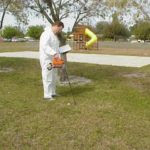 The actual scope of work will be dictated by Chapter 72-780, Florida Administrative Code (F.A.C.) and the FDEP or county. Each CA can be unique but the common elements follow. Either manual or automated direct push soil borings will be completed and screened with an organic vapor analyzer (OVA) to determine where potential contamination exists in the soil around the source. Based on those results, soil samples will be collected and analyzed in a laboratory accredited by the National Environmental Laboratory Accreditation Program, NELAP (www.nelac-institute.org) and certified by the Florida Department of Health (www.floridahealth.gov). Otherwise, the data may not be court defensible or accepted by regulatory agencies.
The actual scope of work will be dictated by Chapter 72-780, Florida Administrative Code (F.A.C.) and the FDEP or county. Each CA can be unique but the common elements follow. Either manual or automated direct push soil borings will be completed and screened with an organic vapor analyzer (OVA) to determine where potential contamination exists in the soil around the source. Based on those results, soil samples will be collected and analyzed in a laboratory accredited by the National Environmental Laboratory Accreditation Program, NELAP (www.nelac-institute.org) and certified by the Florida Department of Health (www.floridahealth.gov). Otherwise, the data may not be court defensible or accepted by regulatory agencies.
While on site doing the soil work above, groundwater will be assessed. Shallow well points (piezometers) will be installed and the direction of groundwater flow will be determined. Based on that and the soil screening results, three or more monitoring wells will be installed by a Water Well Contractor licensed by FDEP.
Groundwater samples will be collected from the wells and analyzed along with the soil samples in the same laboratory. Meanwhile, wells in the area will be identified and categorized and the site and vicinity geology and hydrogeology will be determined.
Finally, a CA Report (CAR, now known as a Site Assessment Report or SAR) will be prepared. All of the information, results, data, and documentation above will be included. The PE or PG will draw conclusions and recommend action. The FDEP or county will review the report and may request additional information before finalizing its review. The agency will then issue a letter which may require more assessment work, cleanup, or no further action. More details on these outcomes will be provided in future blogs.
So there you have it – a very brief overview of Contamination Assessment Details in Florida. If you need any help, Environmental Safety Consultants (www.escflorida.com) can assist. We have the credentials and experience to answer your questions and steer you in the right direction. We are a Florida-licensed Engineering business with a Professional Engineer (P.E.), environmental scientists, and 30 years of experience completing CAs. We are just a telephone call (800-226-1735) or an e-mail away (escinc@verizon.net). Contact us today!

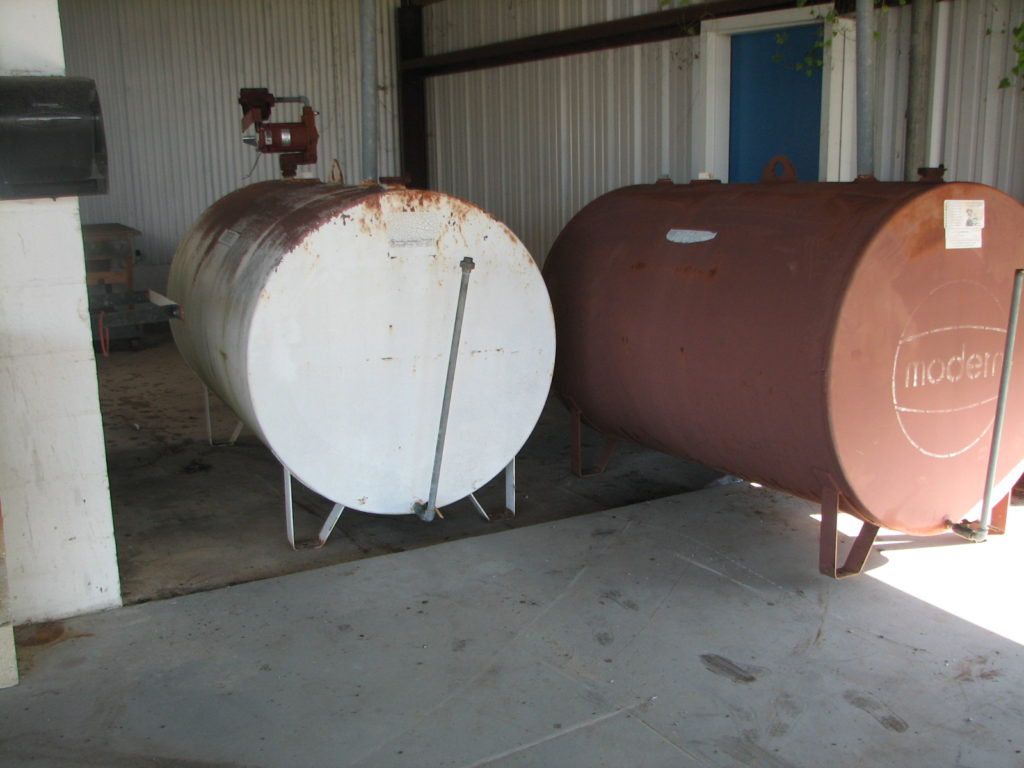 That is what Contamination Assessments used to be called in Florida. But then they were renamed Site Assessments, which can be confused with Environmental Site Assessments (Phase I and II – see our other blog articles specific to those types of projects). To avoid confusion, we will stick with the name Contamination Assessment (CA). They became regulatory requirements in Florida in the 1980’s to primarily address contamination from underground and above ground fuel and oil storage tanks. These CAs are required when contaminant levels in the soil or groundwater exceed the State Cleanup Target Levels. They are designed to determine the extent of contamination in the soil and groundwater both horizontally and vertically. Often, the contamination is originally discovered during tank closure, after a leak, from a spill, etcetera.
That is what Contamination Assessments used to be called in Florida. But then they were renamed Site Assessments, which can be confused with Environmental Site Assessments (Phase I and II – see our other blog articles specific to those types of projects). To avoid confusion, we will stick with the name Contamination Assessment (CA). They became regulatory requirements in Florida in the 1980’s to primarily address contamination from underground and above ground fuel and oil storage tanks. These CAs are required when contaminant levels in the soil or groundwater exceed the State Cleanup Target Levels. They are designed to determine the extent of contamination in the soil and groundwater both horizontally and vertically. Often, the contamination is originally discovered during tank closure, after a leak, from a spill, etcetera.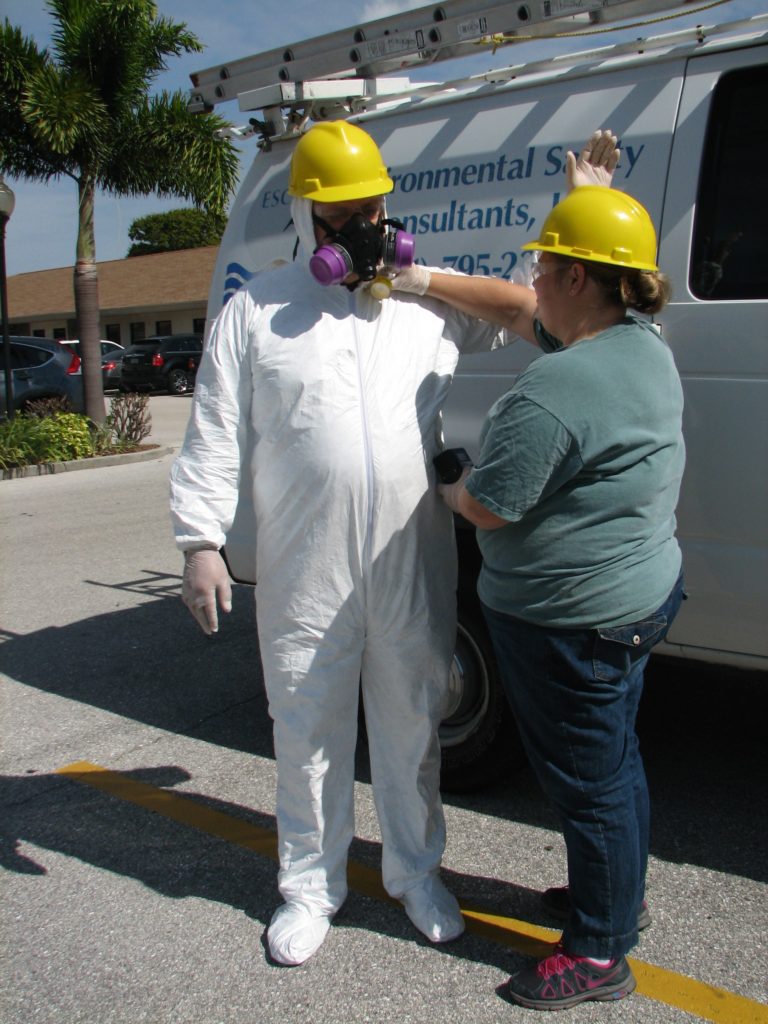 Well, the fuss with asbestos all comes down to health risks. Some of the potential outcomes are very serious – lung cancer, mesothelioma (i.e., cancer of the lining of the chest cavity), and asbestosis (a pulmonary obstructive disease that eventually puts such a strain on the lungs and heart, that the patient dies from cardiac arrest). The primary route of entry for these extremely small asbestos fibers is inhalation. Theoretically, these diseases can be caused by one exposure episode. However, the greater the dose, the greater the disease. And, finally, the diseases do not show up for ten to thirty years after the exposure. That is a very long latency period.
Well, the fuss with asbestos all comes down to health risks. Some of the potential outcomes are very serious – lung cancer, mesothelioma (i.e., cancer of the lining of the chest cavity), and asbestosis (a pulmonary obstructive disease that eventually puts such a strain on the lungs and heart, that the patient dies from cardiac arrest). The primary route of entry for these extremely small asbestos fibers is inhalation. Theoretically, these diseases can be caused by one exposure episode. However, the greater the dose, the greater the disease. And, finally, the diseases do not show up for ten to thirty years after the exposure. That is a very long latency period.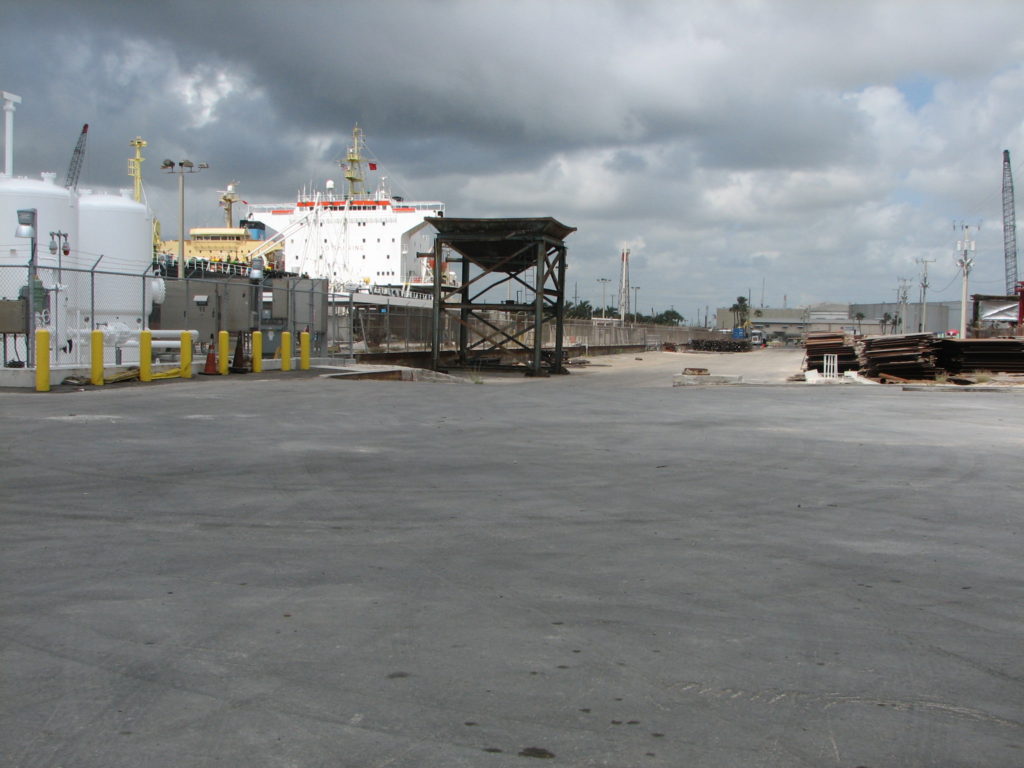 banned from all materials in the United States. It has been banned in five to seven materials and it is still found in building materials being imported today. It is not always listed on the material, sometimes a label states that a product is non-asbestos when it is not, and sometimes it is labeled as asbestos free, but chrysotile (the most common type) is listed on the ingredients).
banned from all materials in the United States. It has been banned in five to seven materials and it is still found in building materials being imported today. It is not always listed on the material, sometimes a label states that a product is non-asbestos when it is not, and sometimes it is labeled as asbestos free, but chrysotile (the most common type) is listed on the ingredients).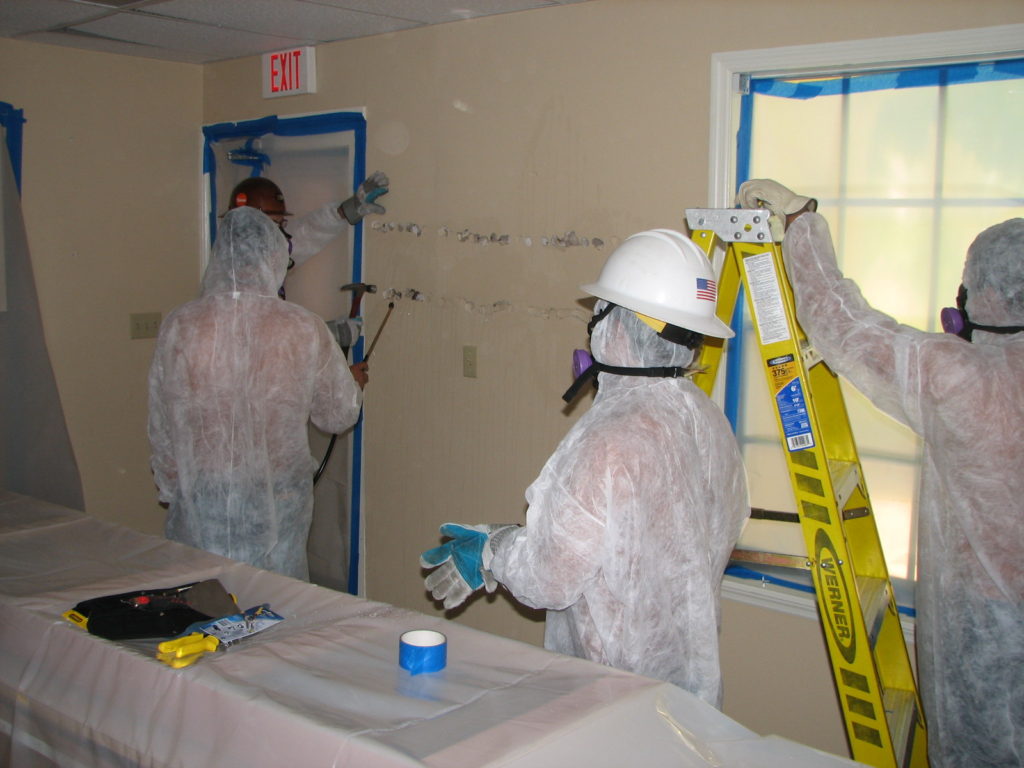 Finally, workers who install, remove, or demolish it in buildings are at risk. That is why EPA requires testing for asbestos before all renovations and demolitions of most buildings before the work is started. If asbestos is present, certain abatement procedures will be required before the construction or demolition work begins.
Finally, workers who install, remove, or demolish it in buildings are at risk. That is why EPA requires testing for asbestos before all renovations and demolitions of most buildings before the work is started. If asbestos is present, certain abatement procedures will be required before the construction or demolition work begins. So you had your Phase I Environmental Site Assessment (Phase I) done and Recognized Environmental Conditions (RECs) were found. You have decided to proceed with the transaction but you now need a Phase II ESA (Phase II) to fulfill your due diligence in determining if the site is or could be contaminated from usage of the site or properties in the vicinity. On the financial end, you and the seller have decided who will pay for the Phase II. This could mean that the seller will pay for it all, you will pay for it all, or the two of you will share the expense. Many times if you are paying any part of it, there is a proviso that the seller will reimburse you in full if contamination is found and you cancel the trans-action. The specifics are provided by your attorney.
So you had your Phase I Environmental Site Assessment (Phase I) done and Recognized Environmental Conditions (RECs) were found. You have decided to proceed with the transaction but you now need a Phase II ESA (Phase II) to fulfill your due diligence in determining if the site is or could be contaminated from usage of the site or properties in the vicinity. On the financial end, you and the seller have decided who will pay for the Phase II. This could mean that the seller will pay for it all, you will pay for it all, or the two of you will share the expense. Many times if you are paying any part of it, there is a proviso that the seller will reimburse you in full if contamination is found and you cancel the trans-action. The specifics are provided by your attorney. Once you have selected a firm, discuss the Scope of Work, turnaround, and terms. The Scope should be designed to specifically investigate the RECs that were found during the Phase I. This includes the media type and the contaminant types. The media may include soil, surface water, sediments, and groundwater. One or more of these media may need to be included. Types of contaminants include gasoline, diesel fuel, used oil, solvents, pesticides, heavy metals, and perc (perchloroethylene, a dry cleaning chemical), among others. There may be concerns with different contaminants in different locations on the site. These locations may have different media to be tested.
Once you have selected a firm, discuss the Scope of Work, turnaround, and terms. The Scope should be designed to specifically investigate the RECs that were found during the Phase I. This includes the media type and the contaminant types. The media may include soil, surface water, sediments, and groundwater. One or more of these media may need to be included. Types of contaminants include gasoline, diesel fuel, used oil, solvents, pesticides, heavy metals, and perc (perchloroethylene, a dry cleaning chemical), among others. There may be concerns with different contaminants in different locations on the site. These locations may have different media to be tested.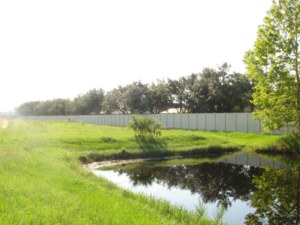
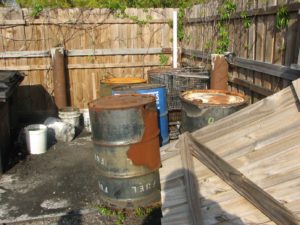 Environmental Site Assessments are conducted in phases. A Phase I ESA includes an inspection of the site and properties in the vicinity; review of environmental regulatory records, data, permits, and complaints; interviews of the buyer, seller, managers, and regulatory personnel; review of current and historical aerial photographs of the site and vicinity; review of environmental title search back to 1940; and review of nearby landfills, surface waters, and U.S. Geological Survey (USGS) topographical maps.
Environmental Site Assessments are conducted in phases. A Phase I ESA includes an inspection of the site and properties in the vicinity; review of environmental regulatory records, data, permits, and complaints; interviews of the buyer, seller, managers, and regulatory personnel; review of current and historical aerial photographs of the site and vicinity; review of environmental title search back to 1940; and review of nearby landfills, surface waters, and U.S. Geological Survey (USGS) topographical maps.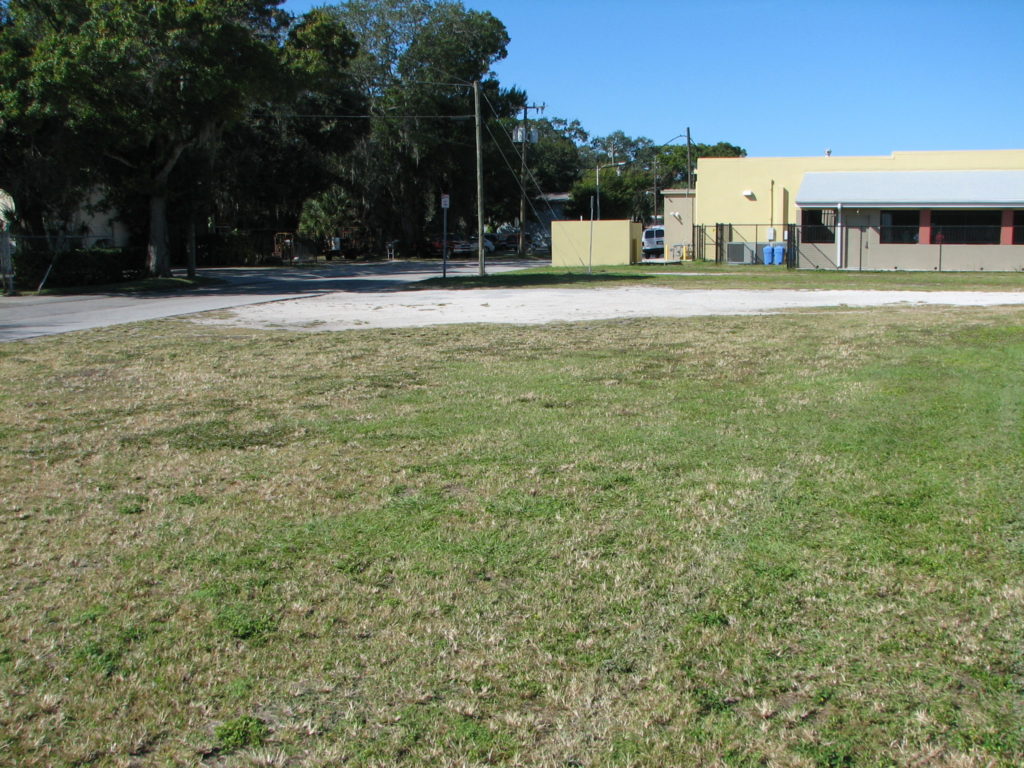
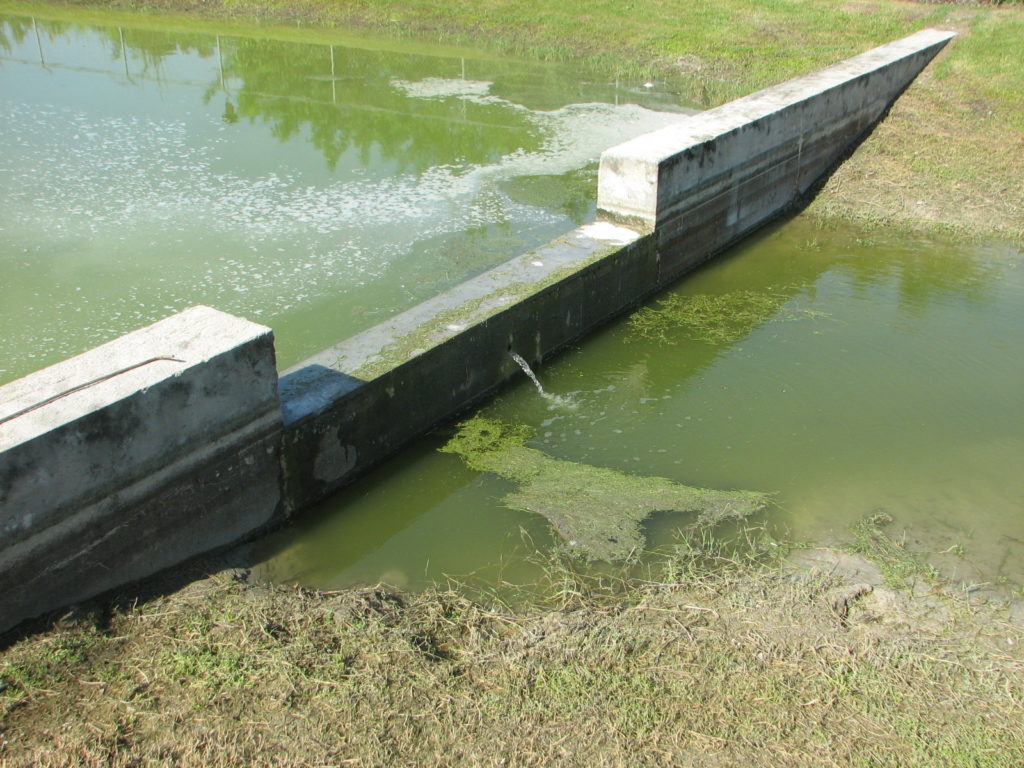
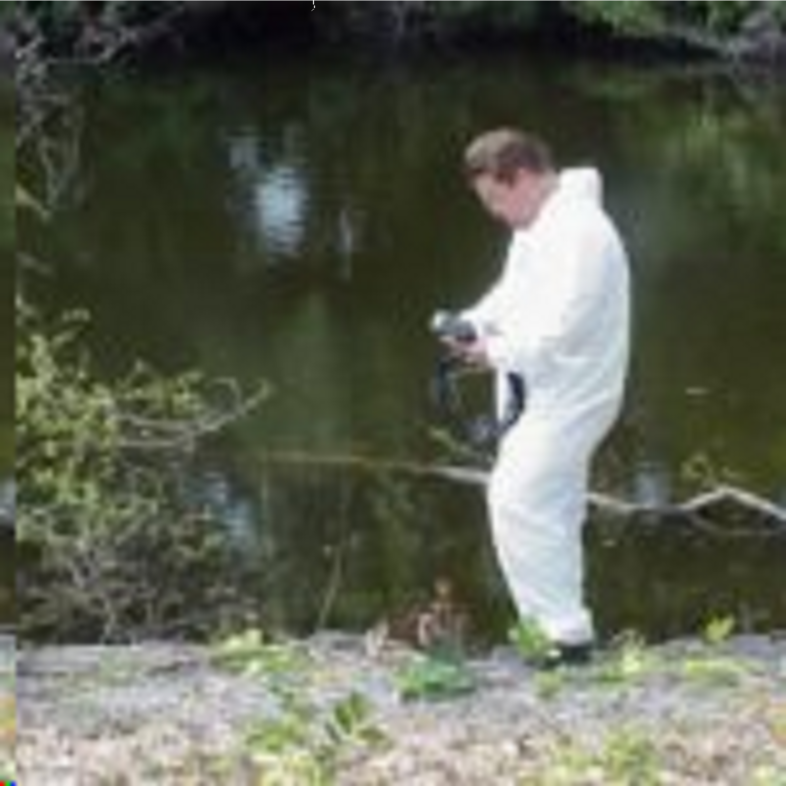
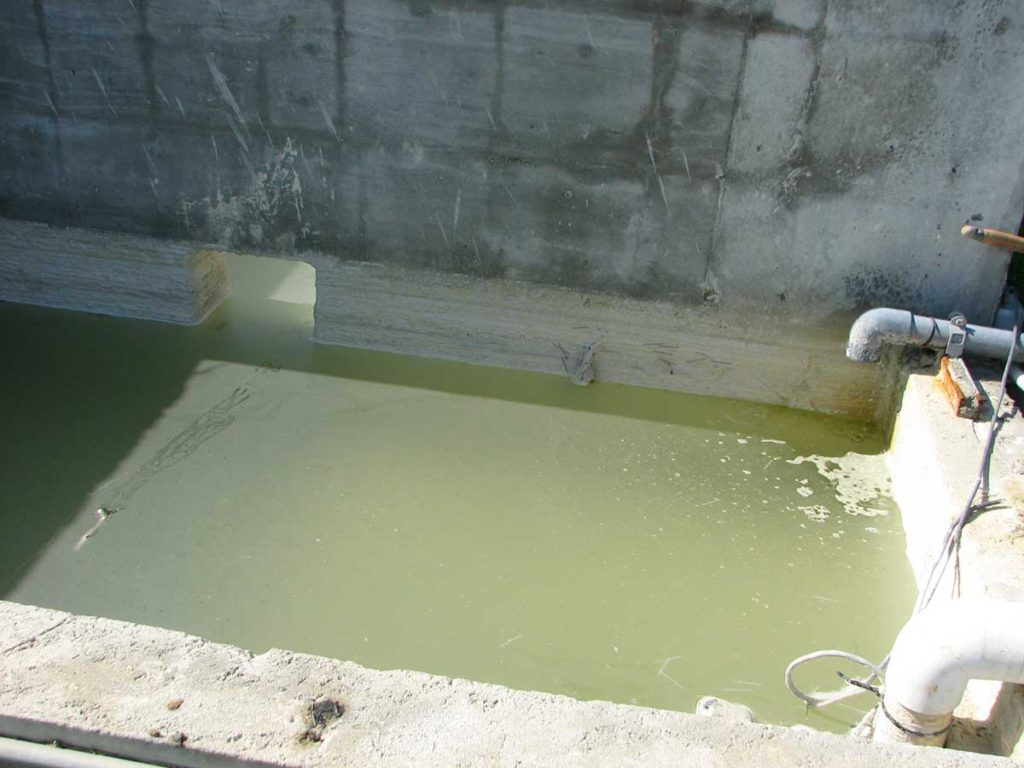 Florida Department of Environmental Protection (FDEP) regulates wastewater discharges in Florida. There are two types of wastewater, domestic and industrial. Domestic wastewater is sanitary wastewater or sewage, while industrial wastewater is generally everything else. Industrial wastewater can come from various sources. These include manufacturing plants, industrial operations, construction, agricultural production and processing, commercial businesses, car washes, food processing facilities, ready mix concrete plants, boat repair yards, marinas, petroleum and solvent cleanup sites, mines, and more.
Florida Department of Environmental Protection (FDEP) regulates wastewater discharges in Florida. There are two types of wastewater, domestic and industrial. Domestic wastewater is sanitary wastewater or sewage, while industrial wastewater is generally everything else. Industrial wastewater can come from various sources. These include manufacturing plants, industrial operations, construction, agricultural production and processing, commercial businesses, car washes, food processing facilities, ready mix concrete plants, boat repair yards, marinas, petroleum and solvent cleanup sites, mines, and more.